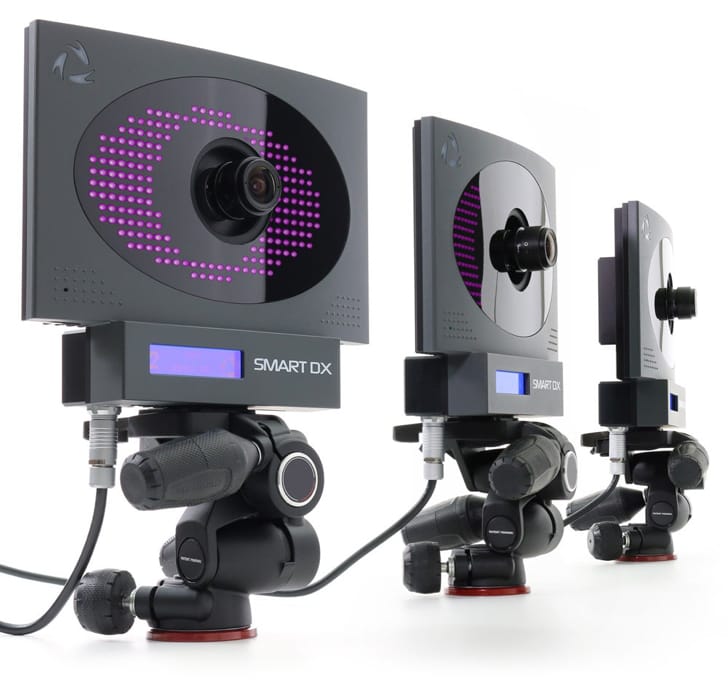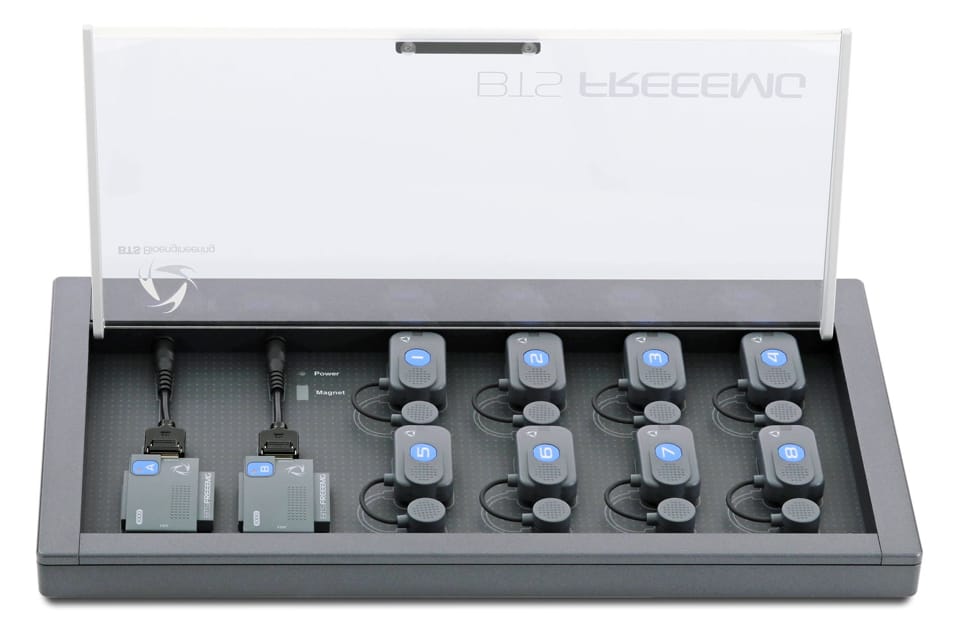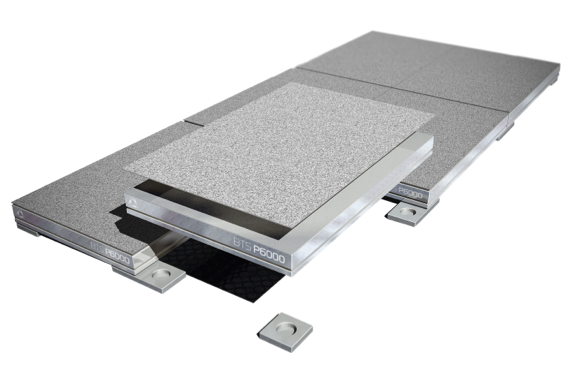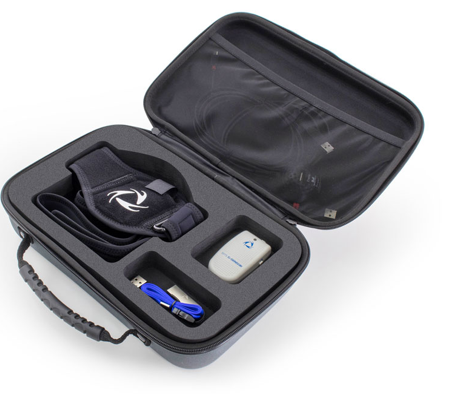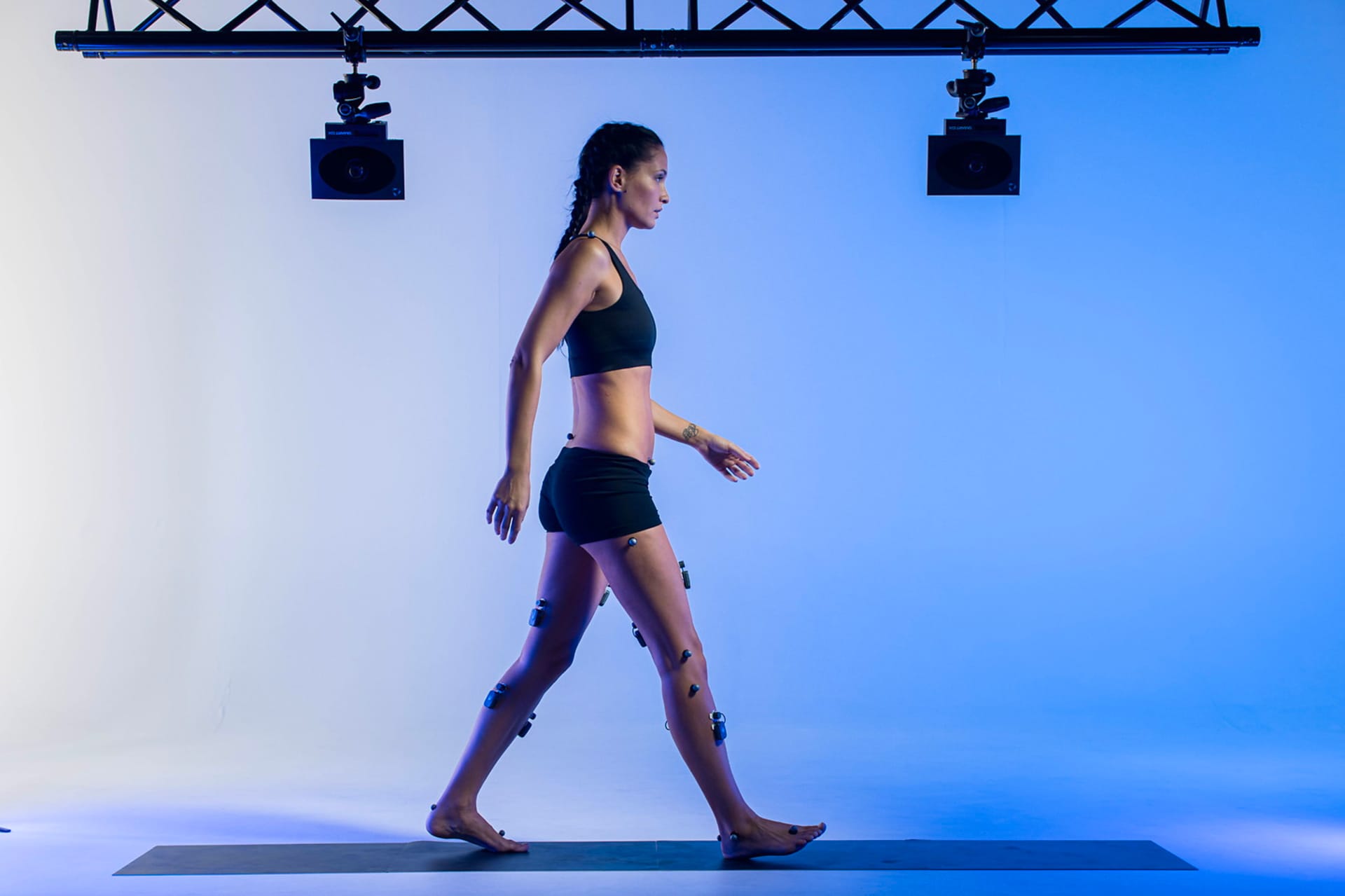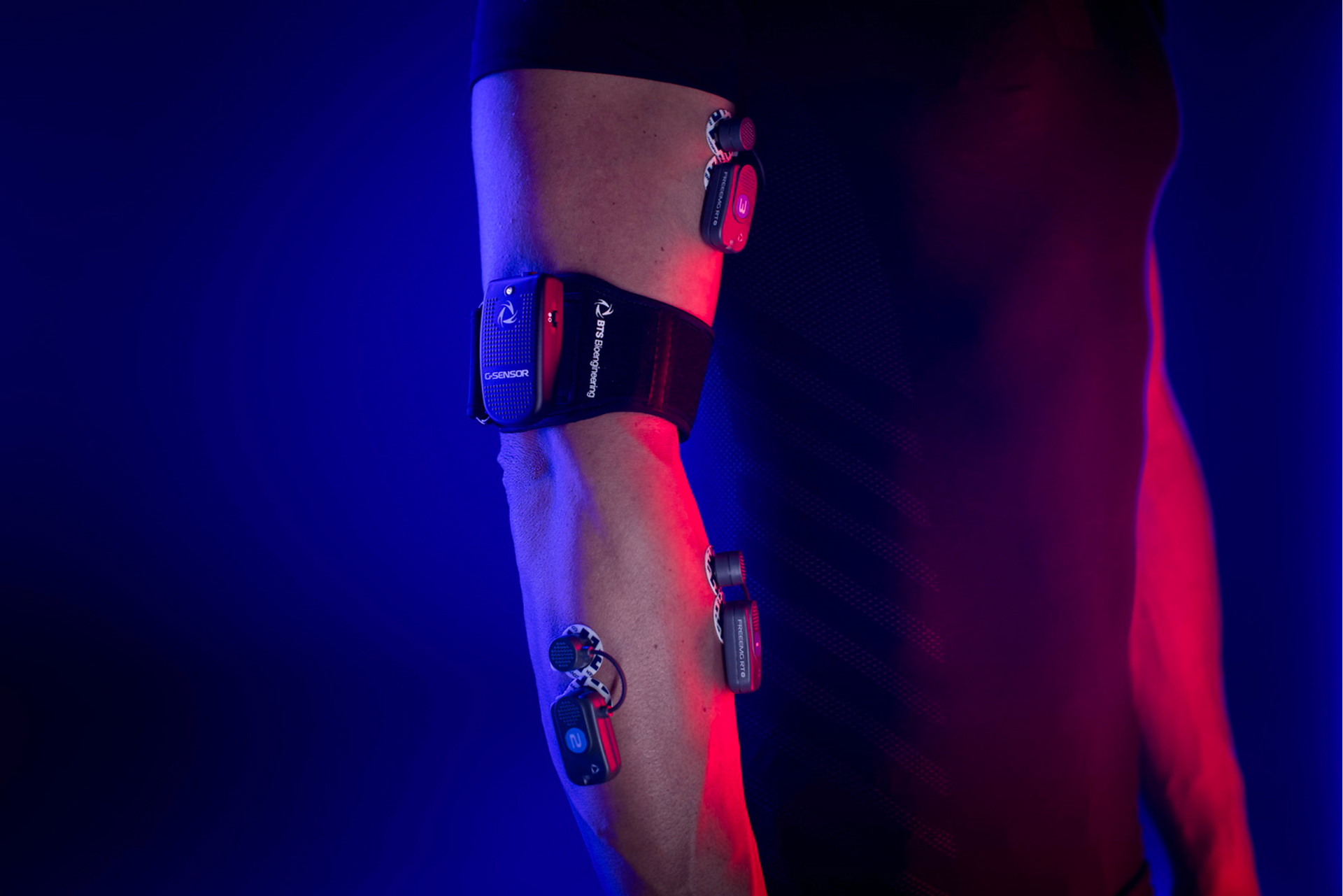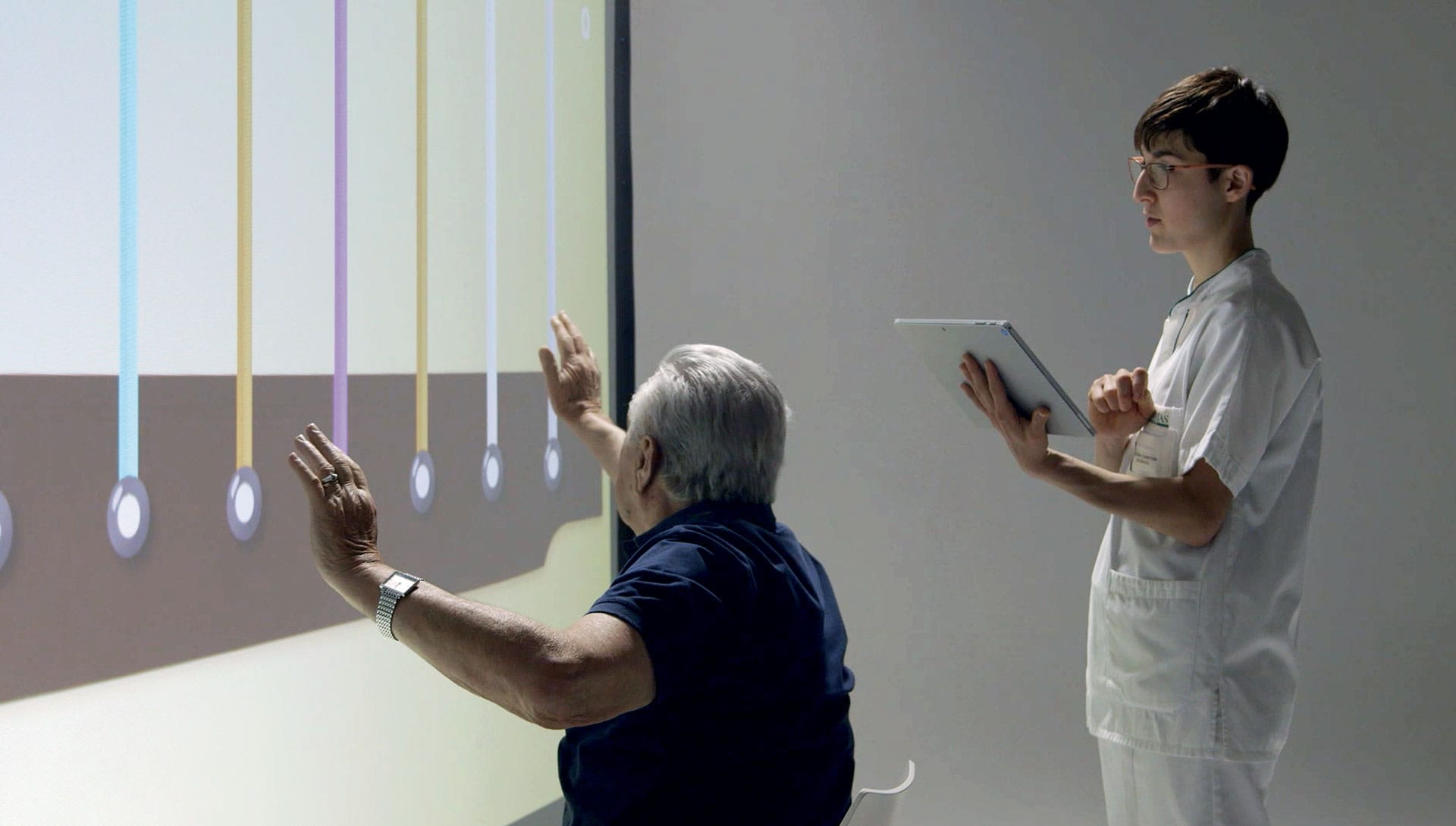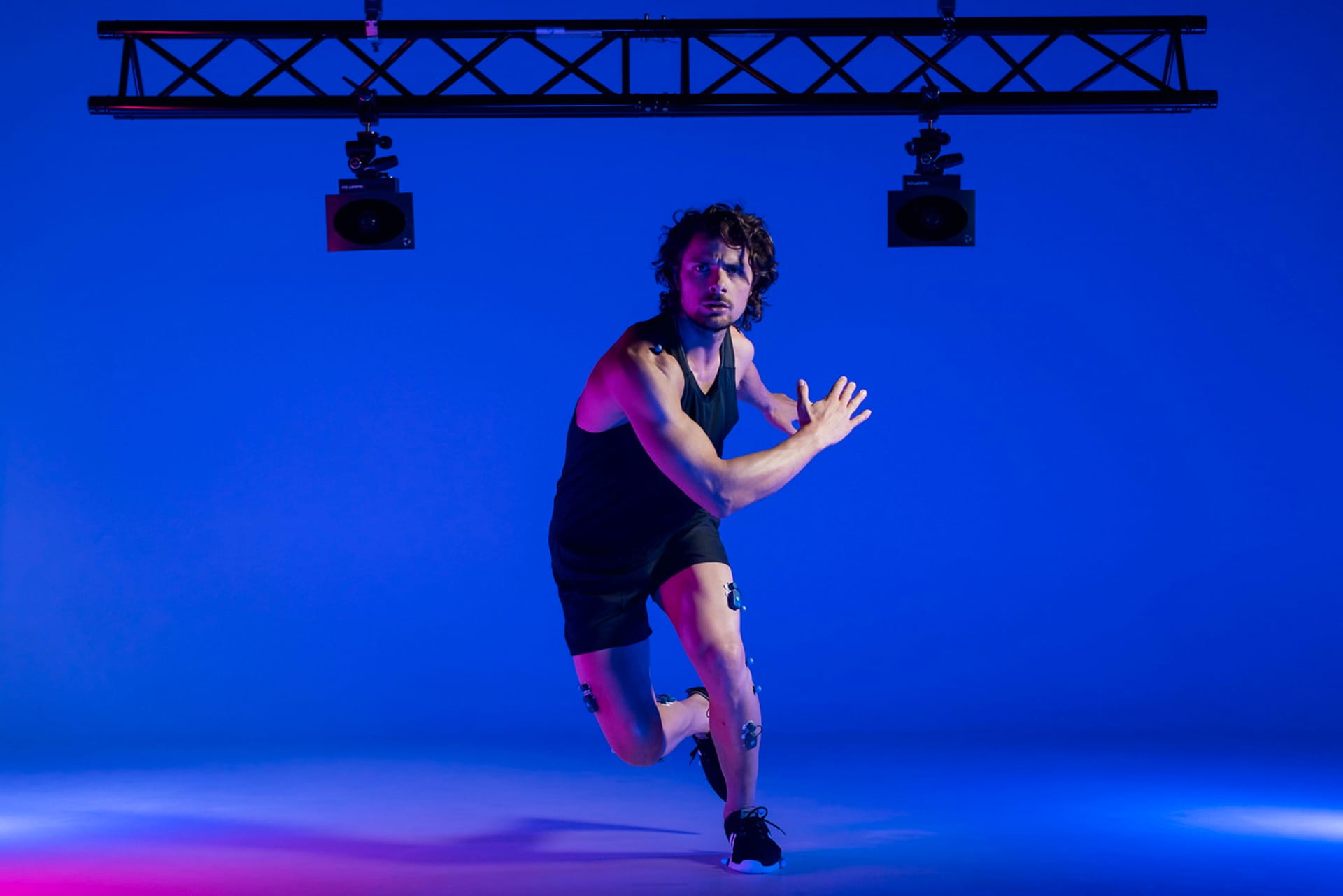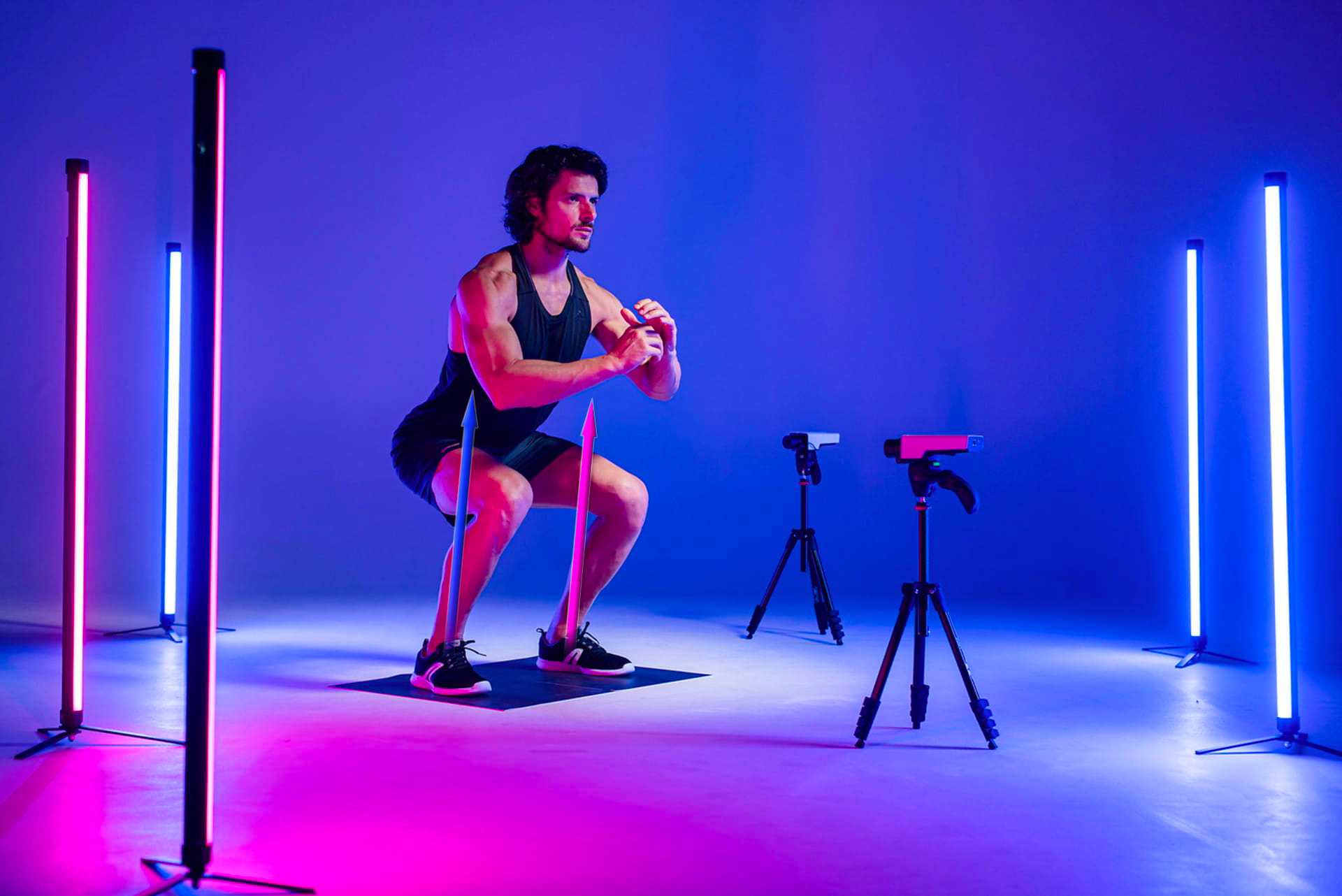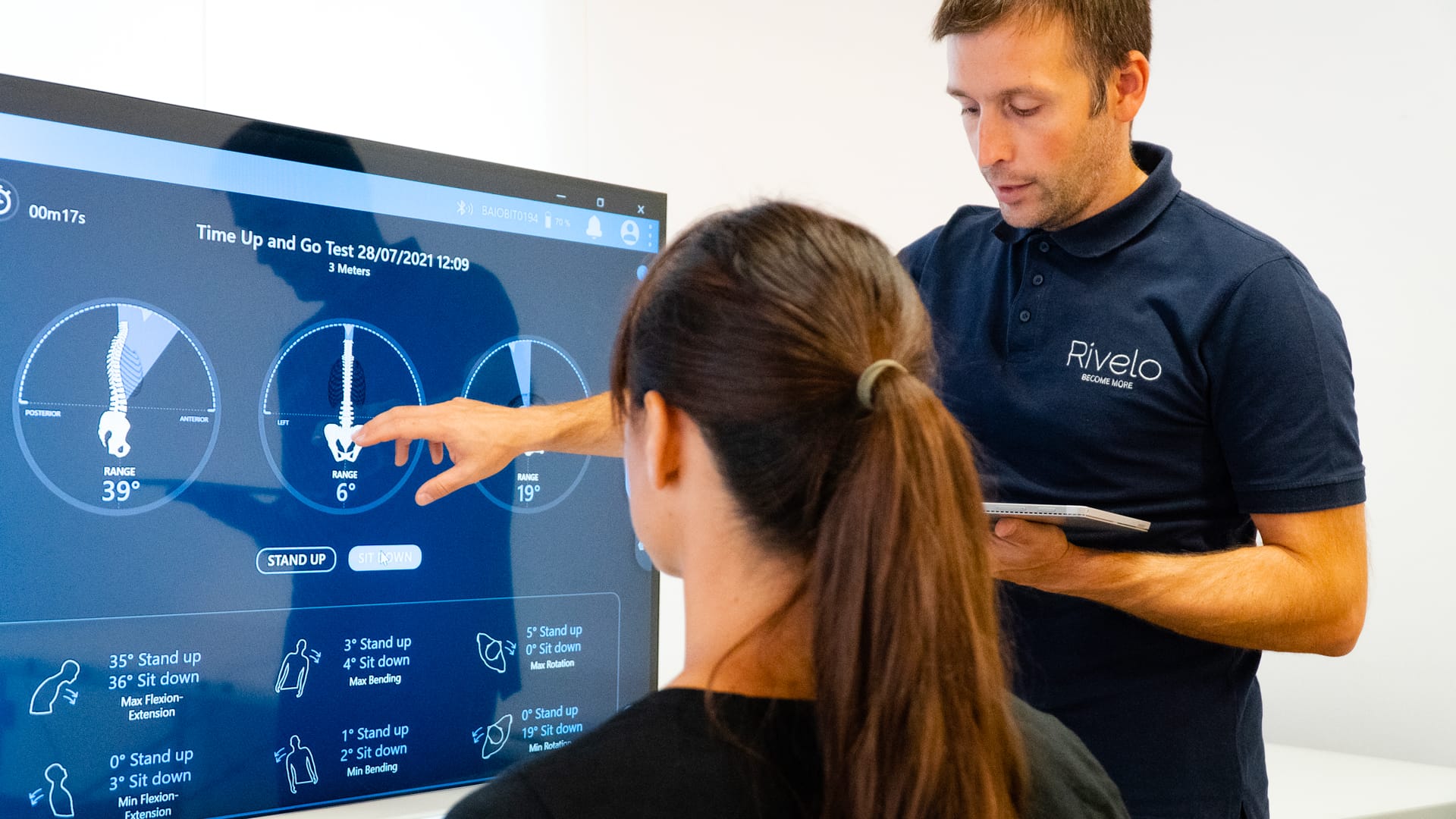Importance of muscular pre-activation times during evaluation of anterior cruciate ligament (ACL) injury risk prevention
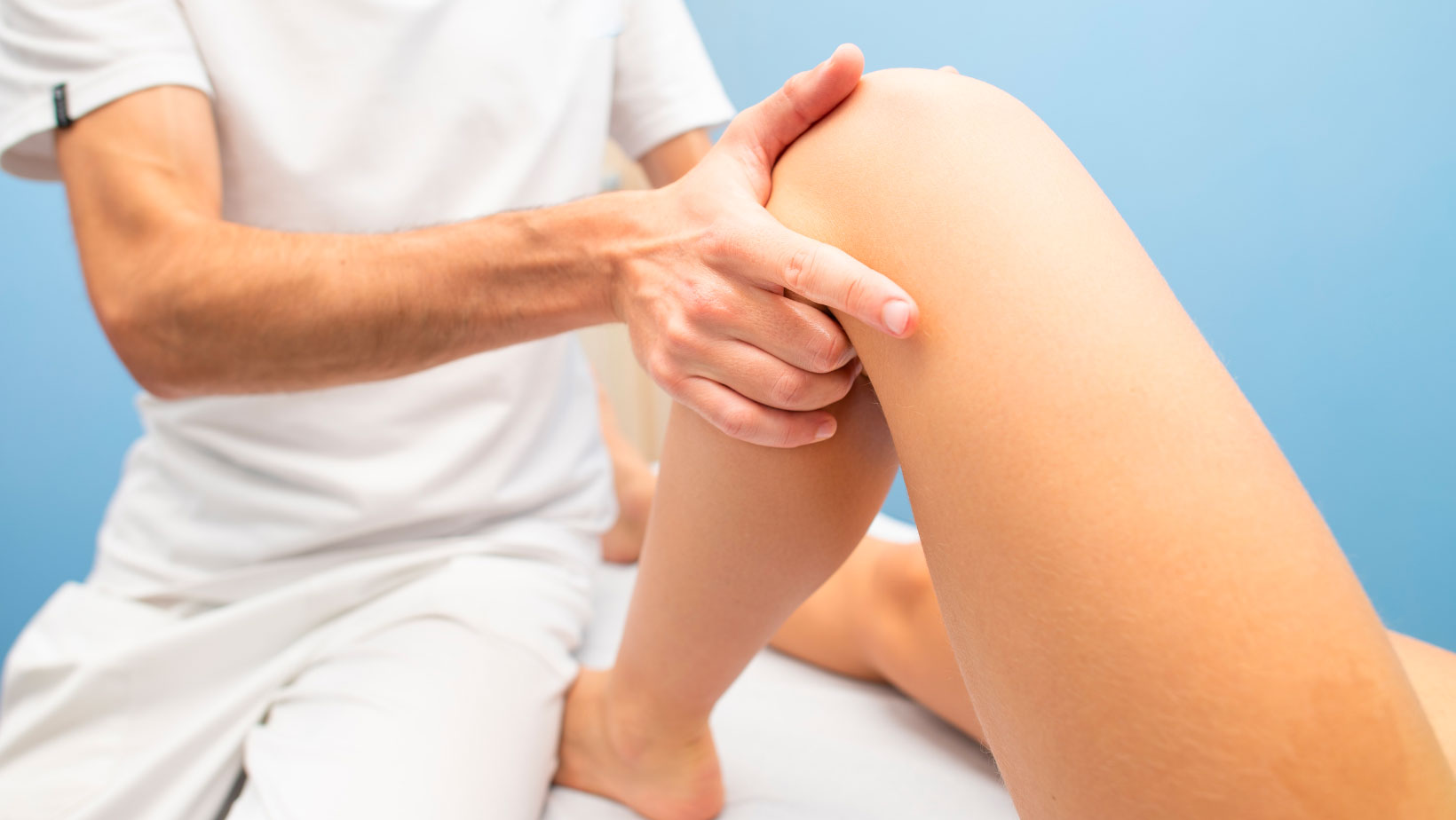
ACL injuries are very common in amateur athletes as well as in professionals, specifically football players. This accident commonly occurs during changes of direction, landing phase and after jumping, causing heavy consequences to athletes’ sports life. It requires a prolonged period of absence from competition and an appropriate rehabilitation plan.
Even though 70% of players, after the accident, comes back to the field (RTP) [2], only two-thirds of them recover pre-injury levels and with a high risk of relapse.
So far, a few prospective studies have investigated the biomechanical risk factors of ACL injury [1]. MAROTTA et Al. [2] have shown that the evaluation of activation timing during drop fall test allows for identifying the athletes at ACL injury risk.
This allows a previous identification of the subjects at risk and introduces an adequate training program aiming at decreasing the risk.
In the drop fall test four EMG probes are placed on the subject on the following right or left limb muscles:
– Rectus Femoris
– Vastus Medialis
– Biceps Femoris
– Semitendinosus.
Noninvasive surface electrodes are placed superficially on the belly of the muscle, along the direction of the muscle fiber. An inertial sensor is also placed at sacrum level (S1) using a special belt.
Once the sensors have been positioned, the test can start: the subject climbs onto a 30cm box with a leading leg to be assessed; then, he falls from the box landing on the same leg.
Surface electromyography (sEMG) and the inertial sensor allows for an evaluation of the muscle pre-activation times (muscle activations immediately prior to ground impact). Muscle pre-activation times should fall within precise normal values detected in literature [3] (Table 1).
| MUSCLE | MEN | WOMEN |
| Rectus Femoris (RF) | 551 – 666 | 541 – 699 |
| Vastus Medialis (VM) | 148 – 299 | 357 – 459 |
| Biceps Femoris (BF) | 58 – 156 | 25- 130 |
| Semitendinosus (S) | 58 – 156 | 25 – 130 |
DE SIRE et al. [4] suggest that a decrease in the pre-activation times of the VMs leads to a worsening of the mid-lateral recruitment pattern of the quadriceps, increasing the dynamic knee valgus and increasing the load on the ACL [10,11].
A decrease in the activation time of the semitendinosus before contact could increase the time required for the lower limb stabilization before the onset of the anterior shear force [30]. Furthermore, a correct pre-activation of the semitendinosus could dynamically protect the integrity of the knee joint and surrounding structures [30]. In addition, remember that to dynamically stabilize the knee during the varus and valgus moment, the co-contraction Quadriceps – Hamstring definable through their ratio (Q: H) is essential. An unbalanced Q: H ratio can contribute to higher knee abduction loads by increasing the strain on the ACL load.
The drop fall test is extremely important in the preventive and return to sport field, since, in case of altered muscle pre-activation times, it is possible to intervene with appropriate training plans. Neuromuscular rewarming has been shown to reduce the risk of anterior cruciate ligament (ACL) injury. In a recent 2021 study, De Sire et Al showed how neuromuscular warming can prevent the risk of improving the activation time of knee stabilizer muscles [4].
The rehabilitation plan hypothesized by the authors provides the execution of the exercises listed in Table 2:
| Mobility Exercise (5min) |
| Joint Mobility |
| Dynamic stretching |
| Agility drills (30s per exercise) |
| Light Run |
| Knee lift and heel kicks run |
| Backward Running with sidesteps |
| Parade sideway running with raised arms |
| Carioca sideway crossover foot running |
| Intermittent stops forward running |
| Trunk rotations forward running |
| Cutting movements |
| Sprint run |
| Balance Exercise (4min) or balance board |
| Squats (with the ball on one or two legs) |
| Pushing each other off balance (pair exercise) |
| Single-limb dead lift |
| Side-Steps with resistance band |
| Strength and power exercise (5min) |
| Squats (to 80° of flexion) |
| Bulgarian split squat |
| Bounding strides |
| “Nordic hamstring lowers” |
| Forward jumping |
The study conducted on 25 professional footballers of the Italian Second League in December 2019 shows significant improvements in pre-activation times following the training execution.
In conclusion, thanks to the introduction of a simple and quick preventive test, it is possible to assess the presence of altered neuromuscular activations that cause an increased risk of ACL injury, allowing for evaluating appropriate training and / or recovery plans aimed at minimizing the risk. Today we have technological tools available which, in a simple way and with reduced costs and times, allow the aforementioned evaluation with a very high-cost benefit.
Bibliography
[1] LEPPÄNEN, Mari, et al. Stiff landings are associated with increased ACL injury risk in young female basketball and floorball players. The American journal of sports medicine, 2017, 45.2: 386-393.
[2] MAROTTA, Nicola, et al. Correlation between dynamic knee valgus and quadriceps activation time in female athletes. Journal of Physical Education and Sport, 2020, 20.5: 2508-2512.
[3] MEDINA, Jennifer M., et al. Timing of neuromuscular activation of the quadriceps and hamstrings prior to landing in high school male athletes, female athletes, and female non-athletes. Journal of Electromyography and kinesiology, 2008, 18.4: 591-597.
[4] DE SIRE, Alessandro, et al. Anterior Cruciate Ligament Injury Prevention Exercises: Could a Neuromuscular Warm-Up Improve Muscle Pre-Activation before a Soccer Game? A Proof-of-Principle Study on Professional Football Players. Applied Sciences, 2021, 11.11: 4958.
